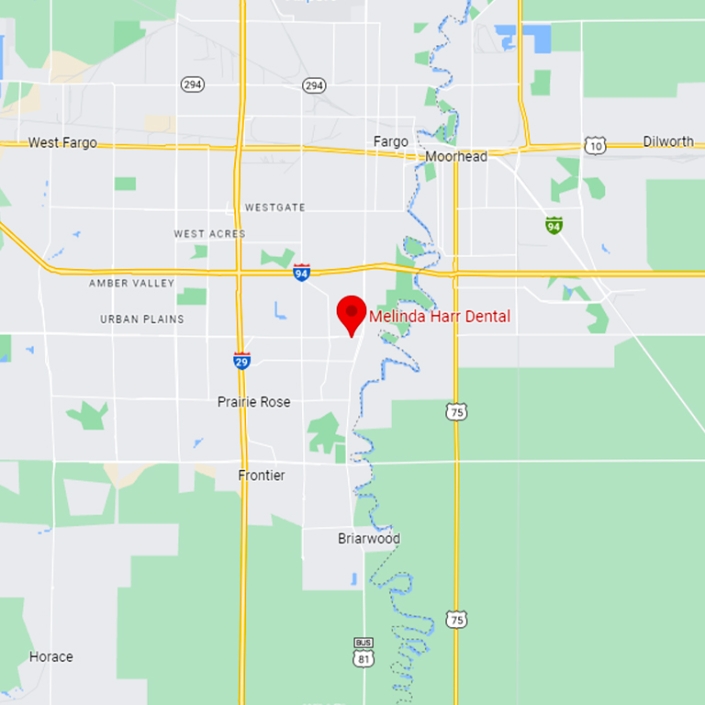Bridges And Partials

A dental bridge is a false tooth or teeth held in place by dental crowns cemented onto each of your surrounding teeth. Dental bridges are used to “bridge” the gap between your missing teeth.
The Benefits of Dental Bridges
- Restores your smile.
- Helps you chew properly.
- Will maintain the shape of your face.
- Restores your ability to speak and enunciate properly.
- Readjusts your bite, so the force of your chew is properly distributed.
- Keeps your remaining teeth from moving out of their proper position.
What Are Partials in Dentistry?
A partial denture is one that is created to replace one or more of your missing teeth, but only if you have enough natural teeth left to attach them to. Additionally, a partial is removable meaning it isn’t permanently attached to your teeth or jawbone. Partials are made with either all plastic or a mixture of plastic and metal.
The Benefits of Partials
- A low-cost way to replace missing teeth.
- Short and simple procedure.
- Are great for temporary tooth replacements.
- Non-invasive safe dental treatment option.
Which Are Better, Bridges or Partials?
Most people find dental bridges more comfortable and secure than partials because they are anchored by either your natural teeth or dental crowns. However, partial dentures are secure enough that you don’t have to worry about them falling out while talking and eating.
The Different Types of Dental Bridges
There are several different types of dental bridges.
- Traditional Dental Bridges
These consist of a false tooth or teeth and can be used if you have natural teeth on both sides of your missing tooth or teeth. Traditional bridges are held in place by dental crowns that are cemented to the surrounding teeth.
- Maryland Dental Bridges
These are similar to a traditional bridge in the way that they use your two surrounding teeth to secure the bridge. However, a Maryland dental bridge uses either a metal or porcelain framework (instead of crowns) that is bonded onto the back of your surrounding teeth.
- Cantilever Dental Bridges
These are also similar to a traditional bridge, except they are held in place by a crown that is only cemented to one of your surrounding teeth rather than two. Therefore, you only need one natural tooth next to your missing tooth.
- Implant-Supported Dental Bridges
This type of bridge uses dental implants instead of crowns or frameworks to secure your artificial teeth. These are considered the most stable type of bridge and require two surgeries.
If you need a dentist in Fargo, ND, please Contact Melinda Harr Dental today.

